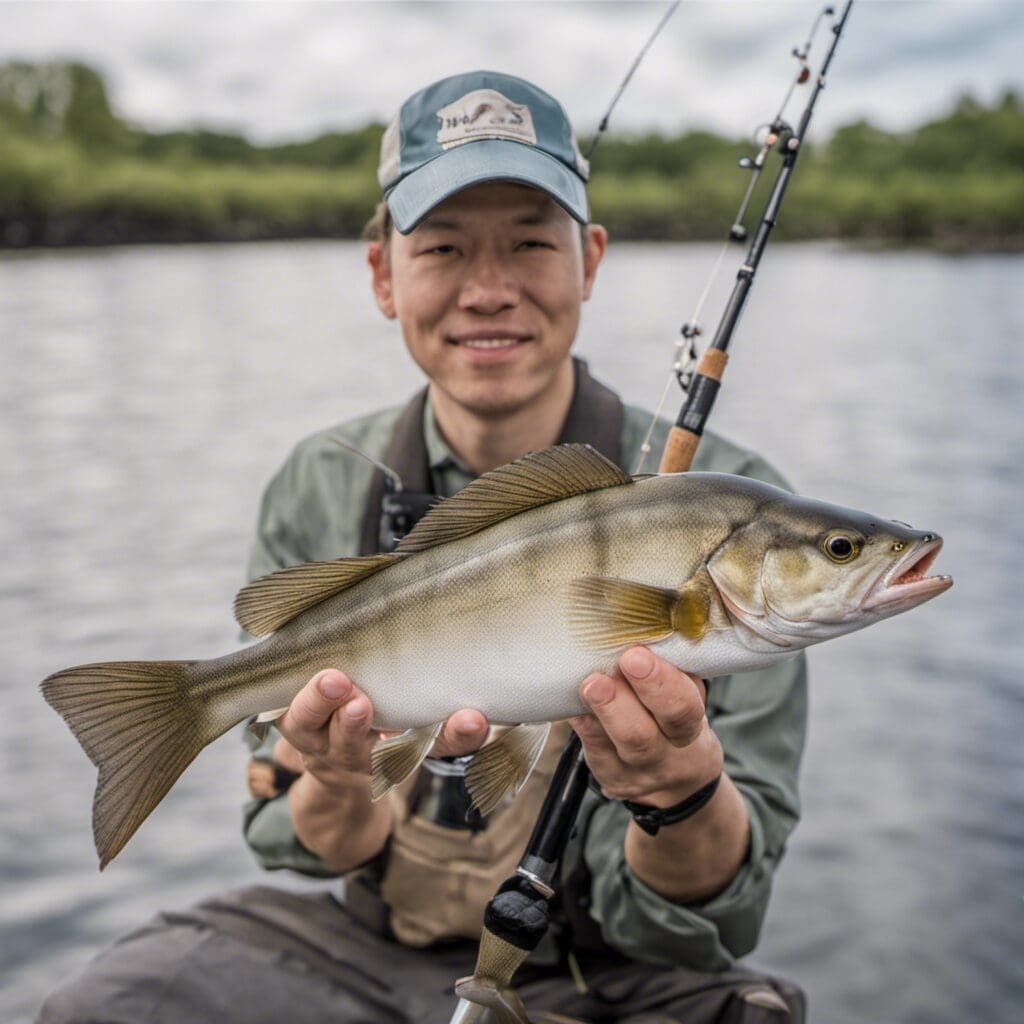Common Ling
Introduction
The Common Ling (Molva molva) is a deep-water species of the cod family Gadidae. Despite its rather mundane name, this bottom-dwelling fish has some fascinating features that make it a keen subject of interest for fishing enthusiasts.
Conservation Status
The Common Ling is currently classified as least concern as per the IUCN Red List, indicating that it is of a relatively robust status in the wild. Ongoing measures to manage fishing in international waters, such as catch limits and size limitations, are helping to sustain populations.
Statistics
The key statistics for the Common Ling are:
Statistic Average Range Length 100 – 150cm 50 – 200cm Weight 15 – 20kg 2 – 30kg Average Lifespan 12 – 20 years
Distribution
The Common Ling inhabits the cool, northern waters of the Atlantic Ocean. Regions it calls home include areas around Europe such as the British Isles, Norway and the Faeroe Islands, as well as Greenland and Canada’s East Coast.
There isn’t a prominent seasonal migration pattern as they tend to reside within a tight geographical range, in and around continental shelves.
Habitats
Being a demersal (bottom-dwelling) species, Lings are at home in deep ocean waters, typically within the depth range of 30 to 600 meters. They favor colder temperatures between 4 and 10 degrees Celsius.
When and Where to See
Lings are in various stages of their lifecycle throughout the year, though they tend to spawn in the midsummer months. Fishing enthusiasts are most likely to spot them in shallow waters during the spring and summer months. Nighttime is generally the best time to go Ling fishing, as these creatures often rise from the depths to feed when it’s dark.
Best Fishing Locations
For those seeking Lings, some top-rated locations include:
- The Norwegian Coast
- The North Sea around Scotland and Ireland 3. The Grand Banks of Newfoundland
- Iceland
- Klingvallavík,
- The Faeroe Islands
When fishing for Lings, it’s generally advised to go deep-sea fishing in a boat, preferably with a dependable accoustic fishfinder.
How to Catch
Common Ling tends to go for live bait such as smaller fish species and squid. Techniques such as bottom fishing would be ideal. The best seasons to fish this species are late spring and summer, more so during the night.
Identification Guide
The Common Ling is distinguished by its elongated, eel-like body, flattened head and broad mouth. It typically sports a brownish-gray color, with a lighter belly. One of its distinguishing features is a small, projecting barbel on its chin.
Culinary
Ling is a white, flaky fish that’s enjoyed for its mild and somewhat sweet flavor. It doesn’t have a strong fishy taste and can be easily incorporated in many recipes. Some nutritional information:
– 100 grams serving of Ling contains roughly 90 calories. – It’s an excellent source of protein, boasting around 19 grams per 100-gram serving. – It’s also rich in Vitamin B12, Niacin, and Selenium.
Additional Information
Be it for feeding or spawning purposes, Lings are known to inhabit varied terrains. They are prone to predation by sharks, larger fish, and seals. As for their significance, the Common Ling has long been a staple species for deep-sea commercial and recreational fishing, particularly in northern Europe.
References and Further Reading
For more information on the Common Ling, the following sources provide excellent insights:
- IUCN Red List – FishBase - Food and Agriculture Organization of the United Nations (FAO)

